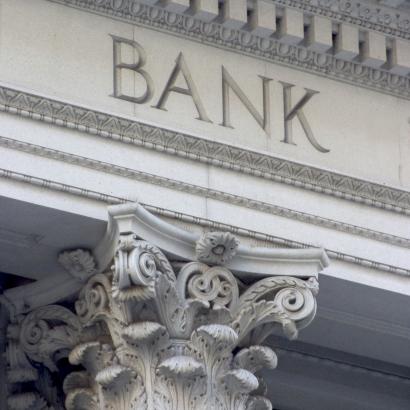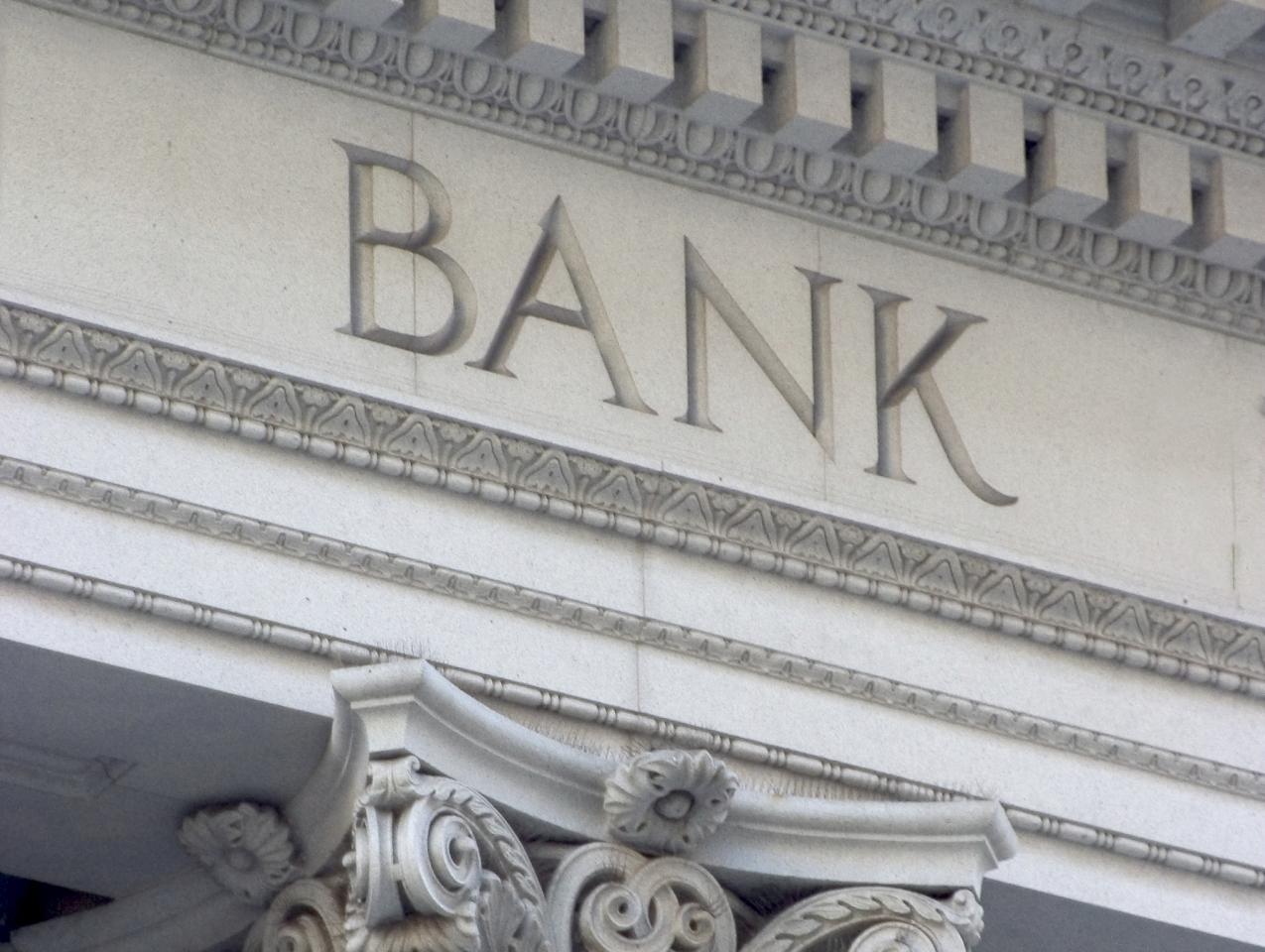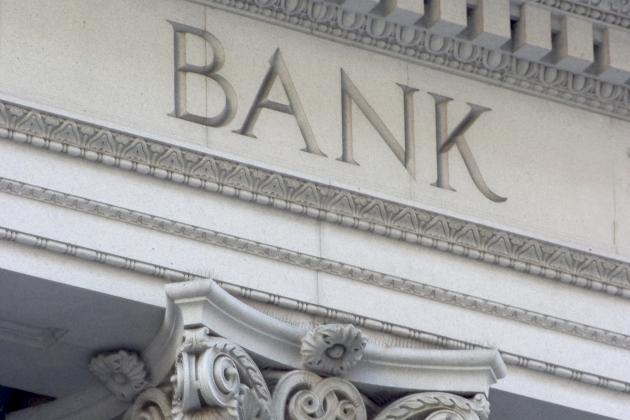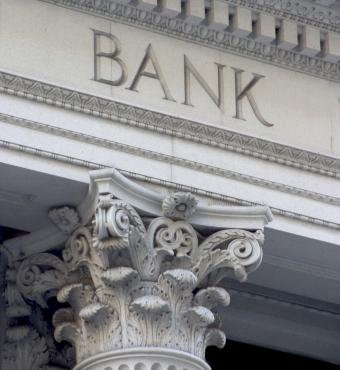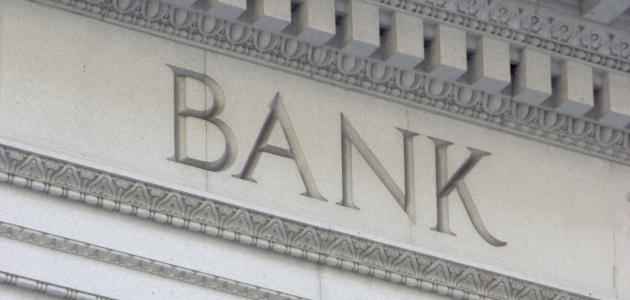Central banks are in another crisis: the return of inflation after the COVID-19 pandemic. Inflation is close to or above 10 percent in the United States, the United Kingdom, and the eurozone, a development that no central banks foresaw. Such levels of inflation have not been seen in forty years.
How did this happen? Before the global financial crisis of 2007–8, central banks were praised for having reached a golden age of independence, credibility for low inflation, the following of rule-like behavior, and financial stability. Since then, central banks have experienced the global financial crisis, the fear of Japan-like deflation and the zero lower bound, a new form of financial-stability mandate to prevent credit-driven asset price busts, credit policy—a form of fiscal policy—climate change, and now back to the future of the 1960s and ’70s.
To help understand the central-banking landscape of today, it might be of value to revisit how such banks and monetary policy evolved through history.
A safe money and payments system
Proto–central banks emerged in the early modern period in Western Europe to solve a basic issue for a monetary economy: how to make money and payments safe. As Will Roberds (2022), Francois Velde (2020), Gary Gorton (2017) and Ulrich Bindseil (2019) have argued, the goal of a monetary system has been to provide an instrument that enables ubiquitous, instantaneous, verifiable transfers of a “no questions asked” asset at zero cost. The technology of money has evolved from coins to banknotes and credit cards and now towards digital money to approach this ideal.
Coins, issued by the sovereign, traditionally contained a fixed quantity of precious metal They had to overcome the problem of acceptance by tale (face value) and not by weight. The history of coinage back to Roman times faced the problems of occasional debasement, whether by deliberate government actions, clipping, or wear and tear. As Angela Redish (2000) argued, it took the invention of milling and the steam press in the nineteenth century to overcome the last problem.
The next innovation in money was the issue of fiduciary money (notes convertible into specie) in the eighteenth and nineteenth centuries to overcome the resource costs of precious metals (Adam Smith, 1776). Commercial banks originated in Italy with the issuing of warehouse receipts for deposited gold by goldsmiths in medieval Italy. This led to the evolution of fractional reserve banking. The social saving of fiduciary money had to be balanced by the credit risk of not adequately maintaining convertibility into specie, i.e., of violating “no questions asked.”
Early proto-central banks, for example, the Bank of Amsterdam founded in 1609, were municipal or public private enterprises. They were able to use their balance sheets to create an efficient payments system. The Bank of Amsterdam was successful for several centuries because its ledger money could be predictably swapped for specie and there was an implicit guarantee of the unbacked portion of its liability.
The Bank of England, usually referred to as the first modern central bank, followed this path in creating a “no questions asked” payments medium. Indeed, later in the nineteenth and twentieth centuries, central banks obtained a monopoly of the currency, correcting the deficiencies (asymmetric information) of multiple competing currencies (Gorton and Zhang, 2022).”
How modern central banks came to be
Modern central banks evolved from the seventeenth to the twentieth centuries to satisfy several public needs:
Public finance. In the seventeenth and eighteenth centuries, the key imperative was war finance, to aid the government in funding and marketing its debt—for example, by the Riksbank founded in 1668 and the Bank of England in 1694. Central banks ever since have been involved in debt management. Their public finance role was enhanced with the issue of fiat money as a tax on money balances (the inflation tax) as an effective way to fund fiscal deficits, especially in wartime. Fiscal dominance has recurred through history. Moreover, the fiscal and monetary authorities have always been entwined through the backing of the currency by the fiscal power (space) of the state (Cochrane, 2022), while at the same time fiscal expansion as is the case today leads to pressure for monetary accommodation (Bordo and Levy, 2021).
Financial stability. While early central banks helped fund the government’s debt, they were also private entities that engaged in banking activities. Because they held the deposits of other banks they came to serve as a banker’s bank, facilitating transactions between banks. They became the repository for most banks in the banking system because of their large reserves and extensive networks of correspondent banks. These factors eventually allowed them to become a lender of last resort in the face of a banking panic. A later wave of central banks, e.g., the Federal Reserve in 1913 and the Swiss National Bank in 1907, were founded explicitly to provide financial stability.
The lender-of-last-resort function was well developed in Great Britain after Walter Bagehot formulated the “responsibility doctrine” according to which the bank, which then was private, was to place primary importance on that role. The bank began to follow Bagehot’s rule—in the face of an internal drain (banking panic), to lend freely on the basis of sound collateral; in the face of an external drain (speculative attack); and in the face of both to lend freely at a high rate. Bagehot’s rule was rarely exactly followed, but the extension of the financial safety net after the Great Depression, especially deposit insurance, greatly reduced the incidence of banking panics in advanced countries. The spread of government guarantees and the development of the “too big to fail” doctrine in the 1970s converted classic banking panics into fiscally resolved banking crises which involved increasingly larger fiscal costs (Bordo and Meissner, 2016). Moreover, central banks have recently expanded the lender-of-last-resort function to non-bank financial intermediaries and have used credit policy, a form of fiscal policy, to bail them out.
Stability in the value of money. Most early central banks operated under the classical gold standard, whose basic rule was to adhere to convertibility of their notes into gold at a fixed price (parity). The pioneering Bank of England learned through the nineteenth century to stabilize the economy and maintain gold convertibility in the face of both external and internal shocks. The key to its success was credibility maintained by the submission of domestic to external goals (gold convertibility). It and other central banks perfected the use of the discount rate as its key policy tool, later followed by open market operations. In the twentieth century, additional tools were added on in different countries, e.g., changing reserve requirements, Lombard facilities, and repo.
Macro stability and the tilt towards policy activism. Since World War II, central banks have been encouraged to provide macro stability and countercyclical monetary policy. A slow and painful learning process included the major policy disasters of the Great Contraction (1929–33), which was precipitated by monetary collapse in the United States resulting from the failure of the Federal Reserve, which adhered to the flawed real bills doctrine, to offset a series of banking panics which then spread across the world via the fixed exchange rates of the gold standard; and the Great Inflation of 1965–82, where the Federal Reserve and other central banks following an activist Keynesian agenda accommodated fiscal expansion and were reluctant to tighten policy enough to vanquish inflation for fear of rising unemployment. Inflation was vanquished by the Volcker (Thatcher) tight money (fiscal) shocks and a devastating recession. The Great Moderation from 1985 to 2006 was based on the Volcker/Greenspan doctrine of credibility for low inflation enforced by the pre-emptive use of tight monetary policy to head off rising inflation expectations. Other innovations of that period were central bank independence and the use of Taylor-type instrument rules as a guideline. Monetary policy evolved into present-day flexible inflation targeting.
Where we are now
The foundations of the Great Moderation were undercut at the beginning of the twenty-first century by fears of a Japan-style deflation and of being trapped in the zero lower bound. This set the stage for the Global Financial Crisis. The crisis was triggered by the collapse of a major credit-driven housing boom in the US and Europe, fostered by financial innovation, lax financial regulation, and loose monetary policy. It was allayed by enhanced lender-of-last-resort and credit policies and aggressive monetary and fiscal policies. A consequence of the crisis is that some central banks extended their financial stability mandate from lender of last resort to the prevention of credit-driven asset price booms (“leaning against the wind” policy)—which has not been proven to be successful (Svensson, 2017) and to the use of preventative macro prudential policy. The Fed and others continued to worry about the zero lower bound and followed quantitative easing and forward-guidance policies with limited success in reaching their 2 percent inflation targets.
The COVID-19 pandemic shock of March 2020 led to the shutdown of most economies. A repeat of the Great Contraction was avoided by following the Global Financial Crisis playbook: extensive lender-of-last resort and credit policy and massive fiscal and monetary expansion. But pandemic-induced supply disruptions and the monetary/fiscal-induced expansion in aggregate demand led to the current explosion in inflation. The Fed, Bank of England, and ECB have fallen behind the curve in stemming it, with echoes of the Great Inflation (Bordo and Levy, 2022). The reasons for this policy failure include over focus on a quick reversal of the supply shocks; and the inability to quickly pivot from policies like flexible average inflation targeting (FAIT) geared to prevent hitting the zero lower bound. The echoes of the policy errors of the Great Inflation threaten to obstruct a return to the golden age of the Great Moderation.
Since the Global Financial Crisis, central banks have expanded their role to include credit policy, a form of fiscal policy, which involves picking winners and losers to be rescued. This threatens a return to practices that were followed in the interwar and postwar periods that threatened central bank independence and were later abandoned. Another recent addition to central banks’ mandates is climate change, which is far removed from their monetary functions.
Ultimately, advances in financial technology—digitalization of finance and money—have resonance to the early transformations from specie to fiduciary money and the creation of an efficient, safe money and payments system by the early central banks. A Central Bank Digital Currency may promise social savings over fiduciary money and also may improve the operation of monetary policy (Bordo, 2022).
The bottom line
- Central banks learned to provide price (and macro) stability through a long, tortuous process. They need to quickly subdue the threat of inflation and get back to the Volcker/Greenspan doctrine and their stable-money mandate.
- Central banks learned to be lenders of last resort and provide financial stability but the pursuit of “too big to fail” led to the development of fiscally resolved banking crises. The Global Financial Crisis was a major departure from the post–Great Depression experience for many advanced countries, but the lessons learned then prevented another financial crisis in 2020. However, the expansion of banks’ toolkits to include credit policy, a form of fiscal policy, threatens central-bank independence.
- The current pressure for central banks to take on climate change and other pressing social issues that expand the scope of their objectives raises the specter of mission creep and the old Tinbergen critique of having multiple goals but only one tool. They should stick to their knitting, that is, the basic mandates of price and financial stability.
- Proto-central banks and early central banks learned to provide an efficient, safe money and payments system. Digitalization promises a future transformation.








